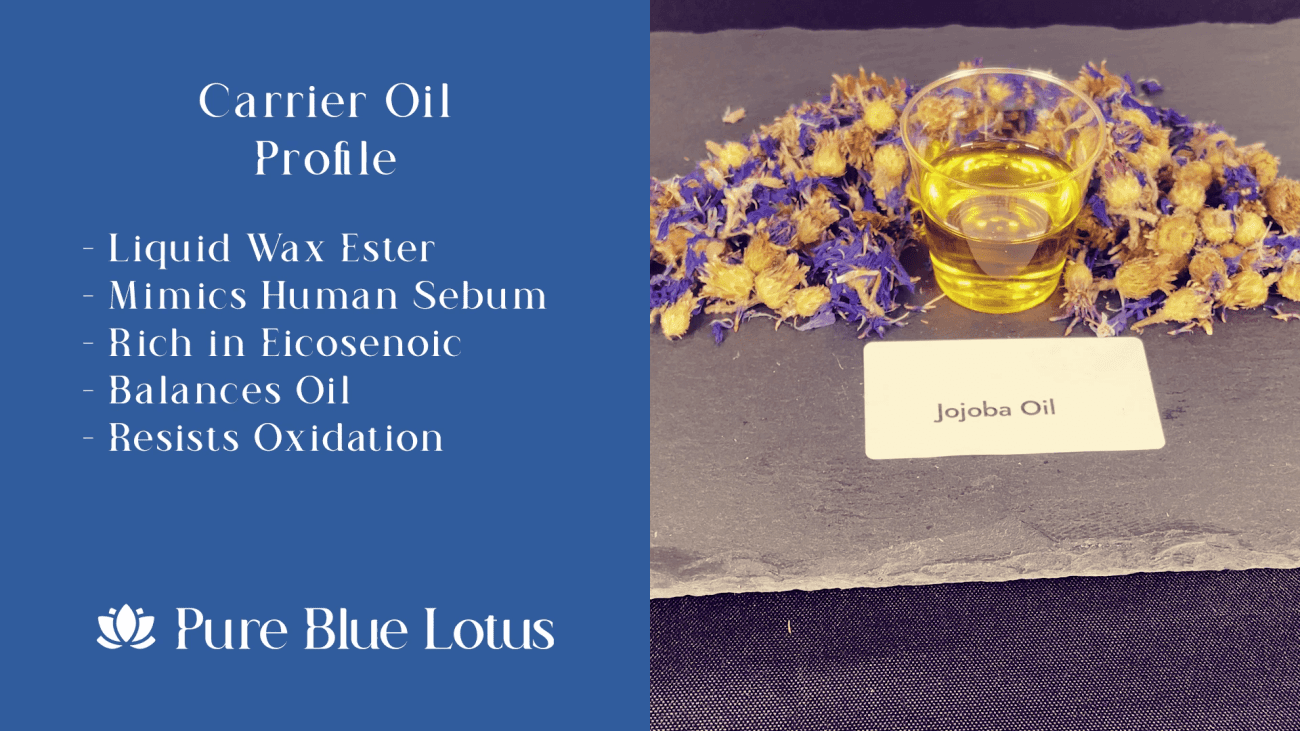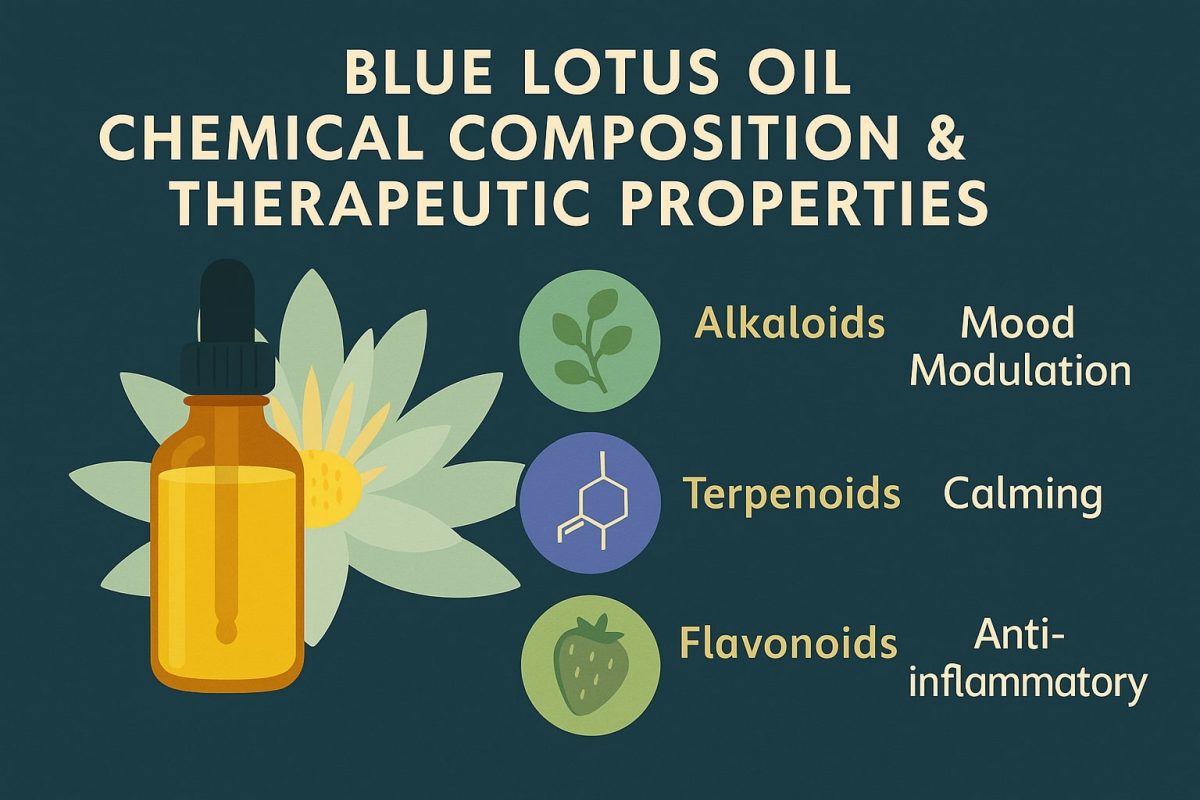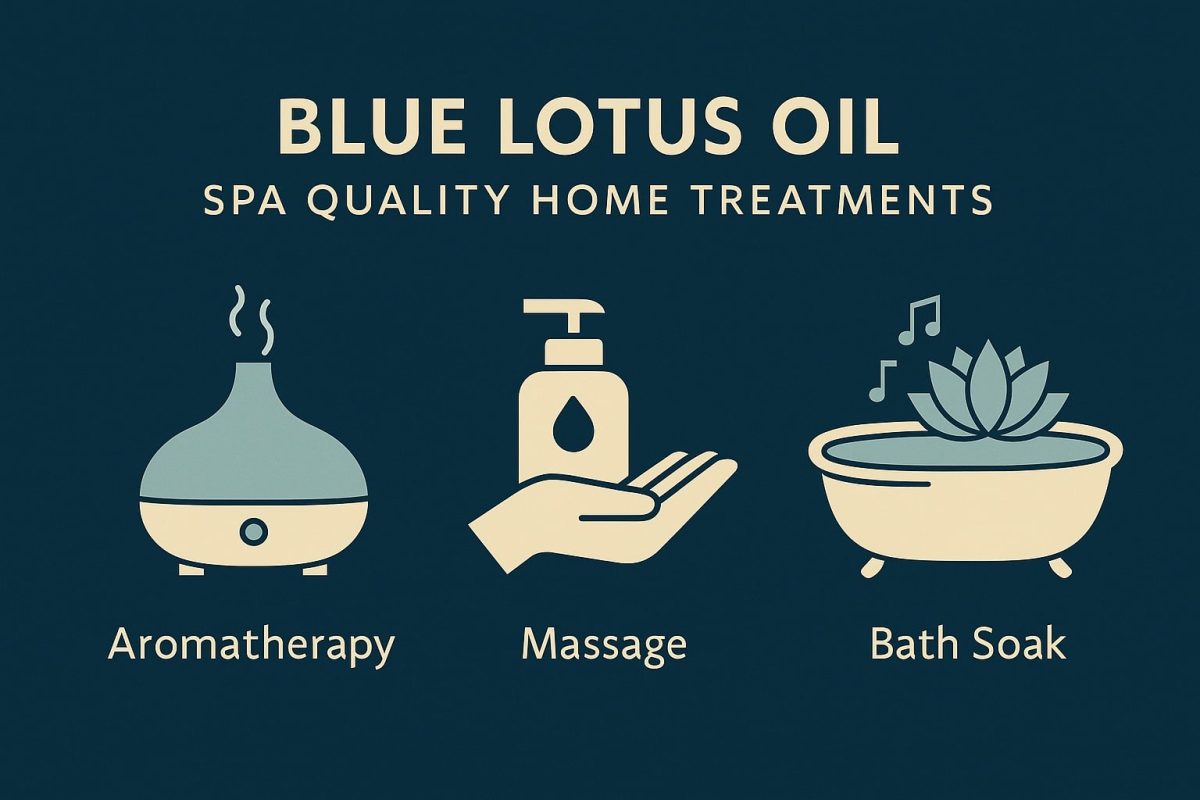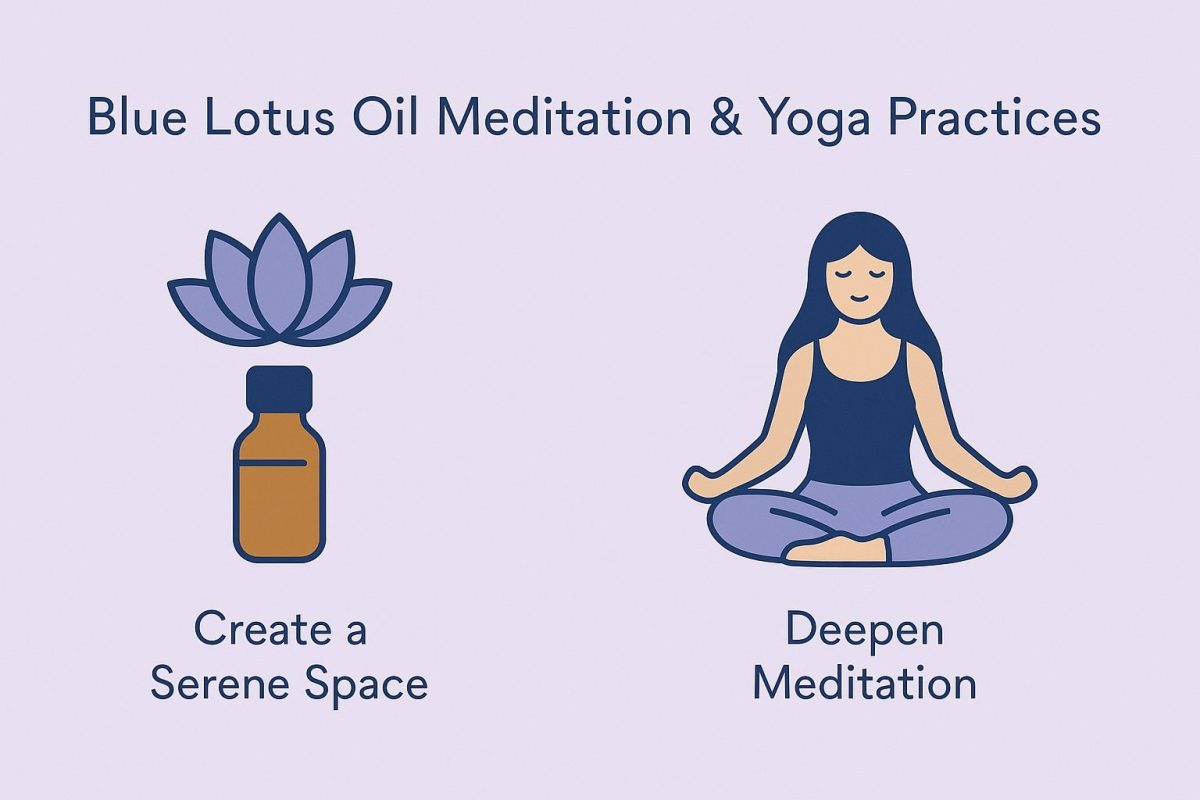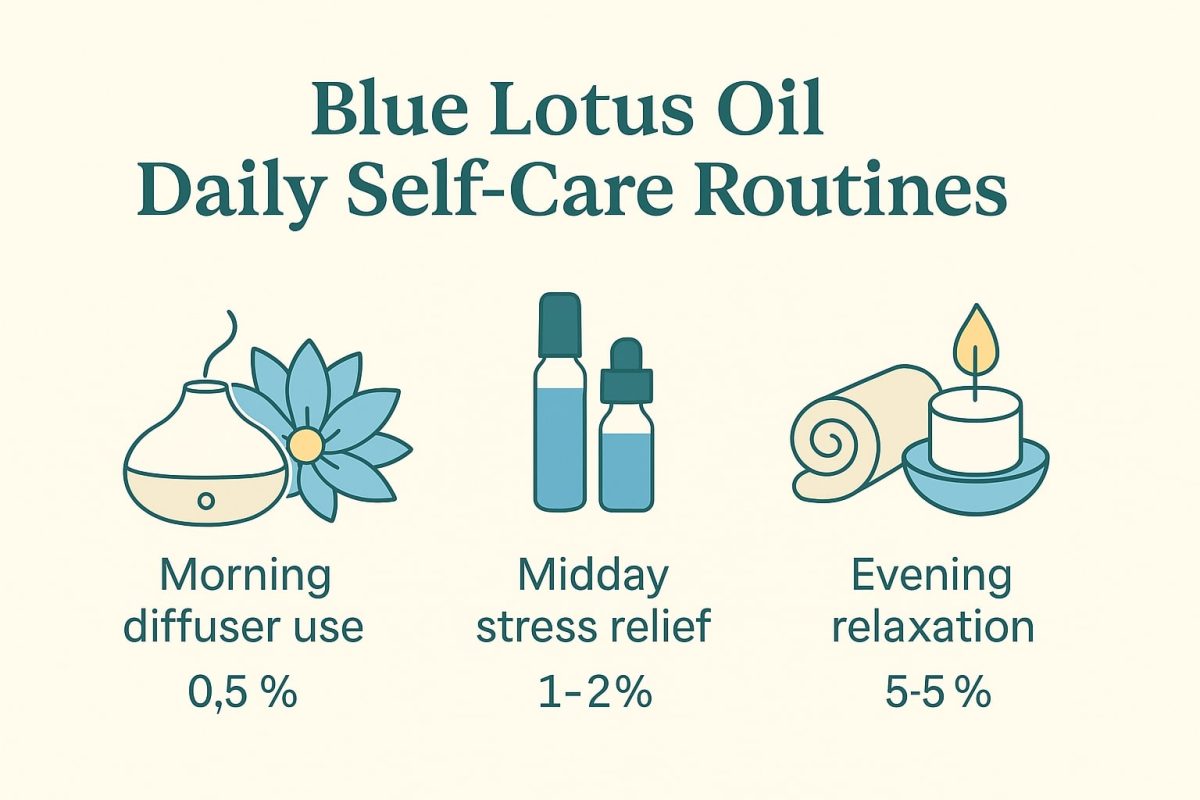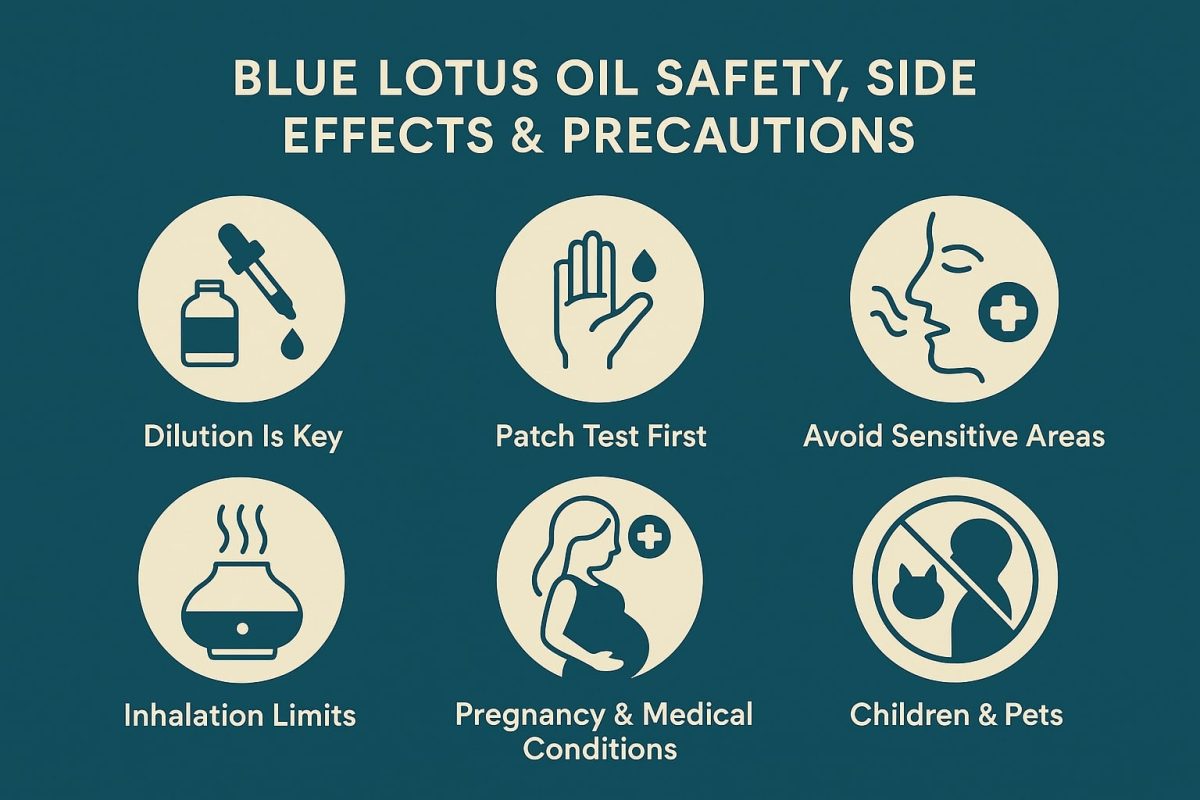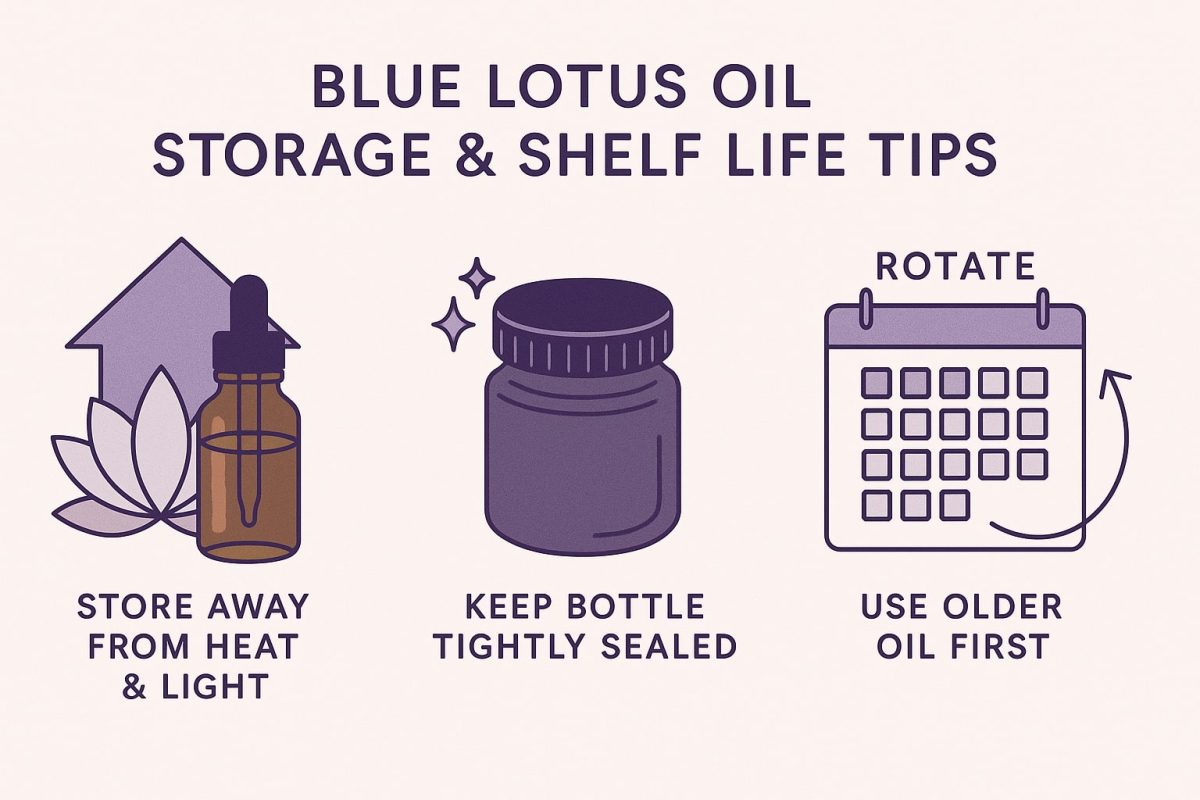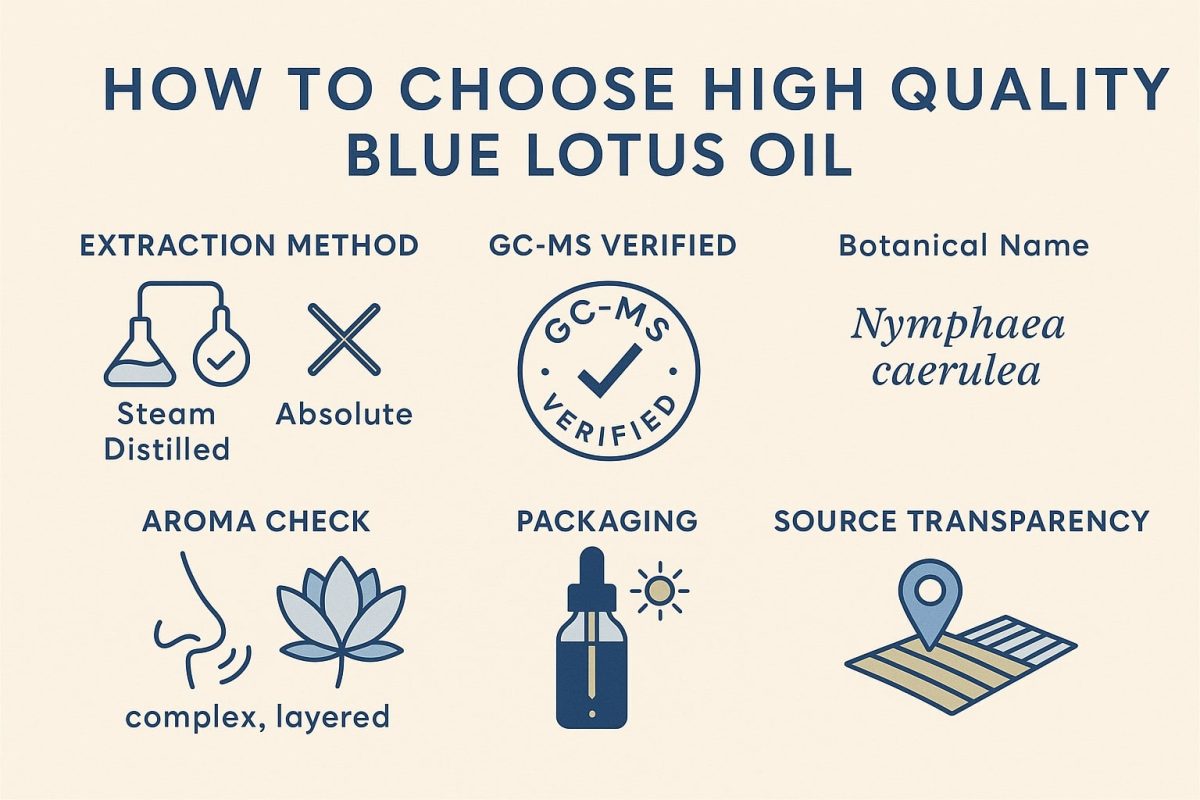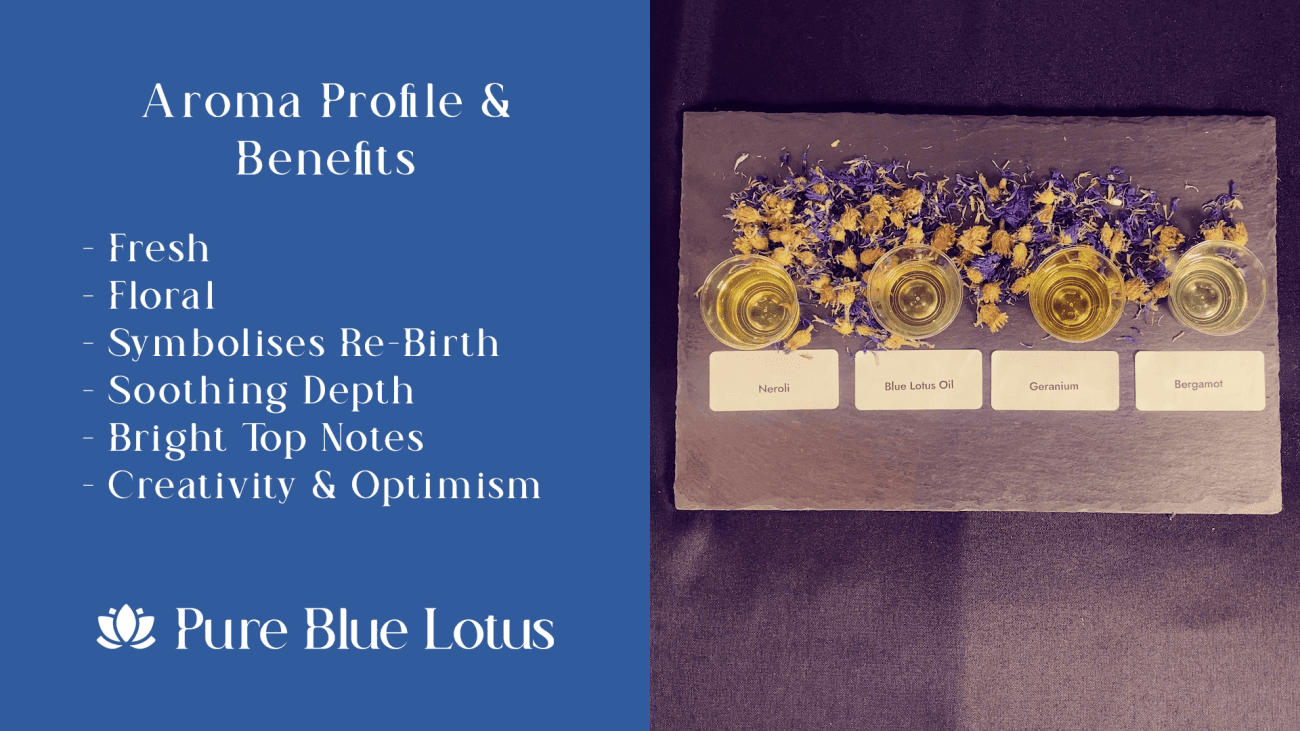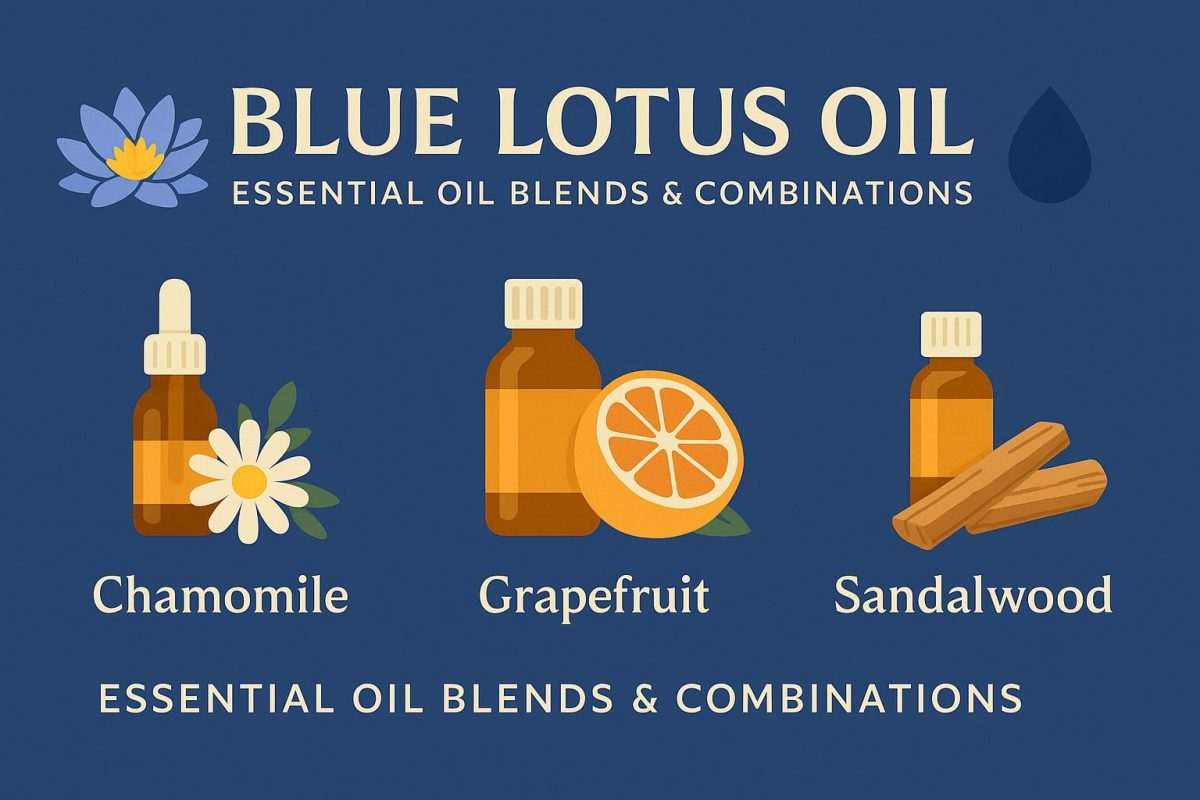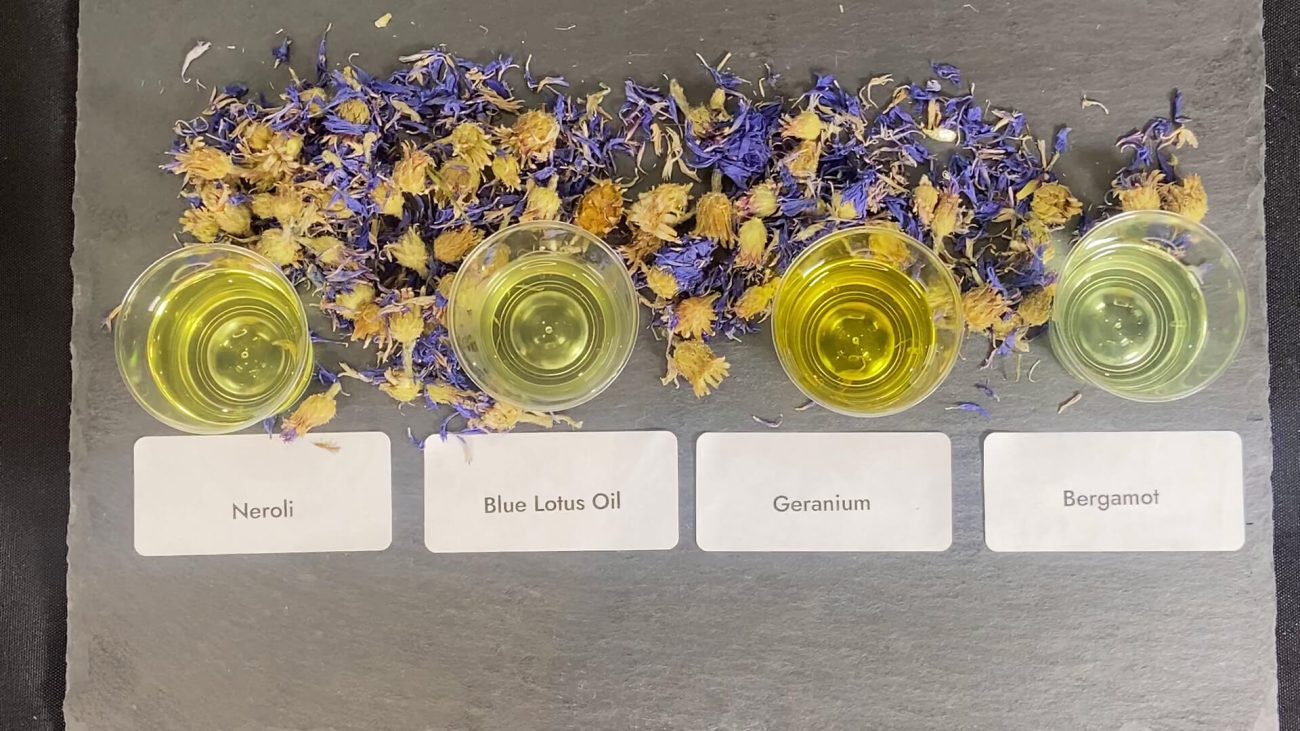Oil Similar To Blue Lotus Essential
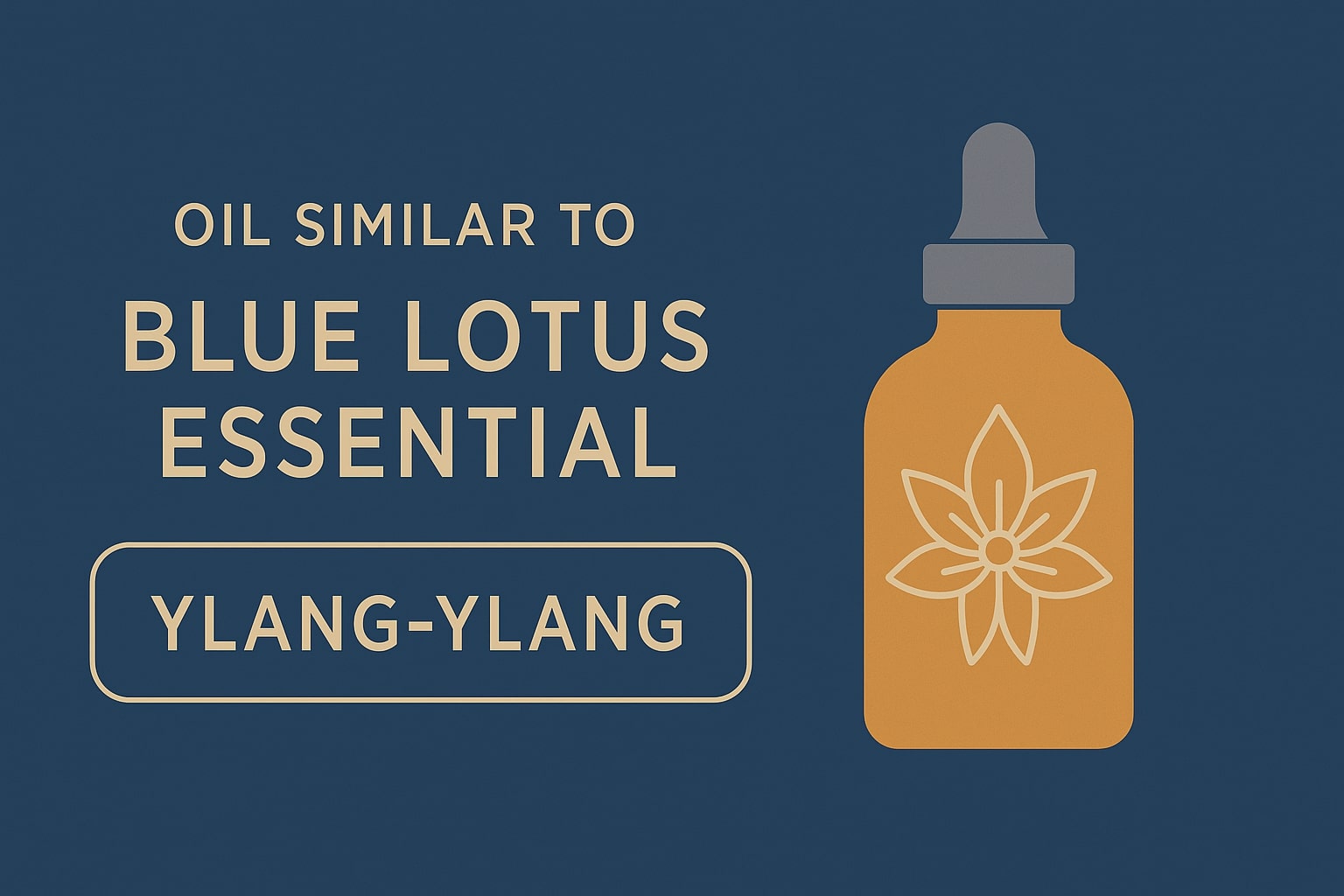
Blue lotus essential oil is prized for its calming, uplifting, and slightly euphoric effects. If you cannot source it or wish to explore alternatives, there are several aromatic extracts that approximate its floral‐herbal profile and therapeutic benefits. This guide examines seven oils similar to blue lotus, compares their botany and chemistry, highlights overlapping uses, offers practical tips for blending and application, discusses quality standards and pricing, and answers common questions so you can tailor your aromatherapy practice.
For those seeking the finest, the highest quality Blue Lotus Oil, experience our hand-crafted, pure Luxury Egyptian Blue Lotus Oil (Nymphaea Caerulea) for a truly luxurious addition to your wellness routine. Find out more →
Quick Links to Useful Sections
- Overview of Blue Lotus Essential Oil
- Lavender Essential Oil
- Chemical profile
- Benefits and uses
- Application ideas
- Jasmine Absolute
- Ylang Ylang Essential Oil
- Rose Essential Oil
- Frankincense Essential Oil
- Sandalwood Essential Oil
- Neroli Essential Oil
- Blending Tips to Mimic Blue Lotus
- Quality, Sourcing, and Pricing Comparisons
- Safety Guidelines
- Frequently Asked Questions
Overview of Blue Lotus Essential Oil
Blue lotus oil comes from the flower of Nymphaea caerulea, a water lily native to Egypt and parts of Africa. Ancient cultures used lotus in teas, incense, and anointing oils for meditation, ritual bathing, mood elevation, and relaxation. Its modern essential oil captures a soft floral aroma with fruity, honeyed undertones and contains alkaloids, flavonoids, and terpenes that work together to soothe the nervous system, support restful sleep, and inspire contemplative states.
Despite its allure, blue lotus oil can be scarce or expensive. Below are seven alternatives, selected for fragrance similarity, shared phytochemicals, or comparable effects, that you can integrate into self‐care, meditation, or wellness routines.
Commission your made-to-order bottle of pure, undiluted Egyptian Blue Lotus Oil (Nymphaea Caerulea)
Commission your made-to-order bottle of pure, undiluted Egyptian Blue Lotus Oil (Nymphaea Caerulea)
Lavender Essential Oil
Botanical name: Lavandula angustifolia
Lavender is one of the most versatile aromatherapy oils. It offers a fresh floral scent with herbaceous nuances, calms anxious thoughts, and supports restorative sleep.
Chemical profile
- Linalool and linalyl acetate: contribute to anxiolytic and sedative effects
- Cineole and camphor (minor): add clarity and respiratory support
- Lavandulol and borneol: antibacterial and soothing on skin
Benefits and uses
- Reduces stress and anxiety when inhaled or diffused
- Promotes deep, restful sleep in pillow sprays or mist
- Soothes topical irritation and minor burns in diluted blends
- Uplifts mood and supports meditation or yoga practice
Application ideas
Diffuse lavender with blue lotus oil substitute blends to approximate the floral softness. Create a calming roll‐on by mixing 10 drops lavender with 5 ml fractionated coconut oil. Apply at pulse points before bedtime or meditation.
Jasmine Absolute
Botanical name: Jasminum grandiflorum or Jasminum sambac
Jasmine absolute offers a rich, exotic floral aroma prized in perfumery and spiritual ceremonies. It uplifts mood, eases tension, and enhances sensuality.
Chemical profile
- Benzyl acetate and benzyl benzoate: floral sweet top notes
- Linalool and jasmone: contribute to calming and aphrodisiac qualities
- Indole (trace): adds depth and slight animalic warmth
Benefits and uses
- Enhances emotional well‐being and confidence
- Opens the heart and supports mindfulness practices
- Acts as a natural aphrodisiac in massage blends
- Can substitute blue lotus in nighttime bath rituals
Application ideas
Combine 3 drops of jasmine with 4 drops of lavender in a diffuser to mimic the complex sweetness of blue lotus. For a personal perfume, blend 2 drops jasmine with 10 ml jojoba oil.
Ylang Ylang Essential Oil
Botanical name: Cananga odorata
Ylang ylang yields a heady, sweet floral aroma that supports relaxation, balances mood, and lowers blood pressure.
Chemical profile
- Linalool and geranyl acetate: relax the mind
- Beta‐caryophyllene: mild analgesic and anti‐inflammatory
- Benzyl benzoate and methyl benzoate: floral warmth and fixative properties
Benefits and uses
- Helps reduce stress and promote calm breathing
- Supports self‐esteem and emotional release
- Perfect in romantic or meditation rituals
- Offers skin and scalp nourishment in hair oil blends
Application ideas
Use ylang ylang at 1–2 drops in a 5 ml roll‐on with fractionated coconut oil for mood support. Blend with neroli and jasmine for a complex floral synergy.
Rose Essential Oil
Botanical name: Rosa damascena or Rosa centifolia
Rose oil provides a luxurious, romantic scent that balances hormones, reduces anxiety, and fosters self‐love.
Chemical profile
- Citronellol and geraniol: primary floral aroma actives
- Phenethyl alcohol: adds sweet, rosy nuance
- Kaempferol and quercetin (trace): antioxidant benefits
Benefits and uses
- Alleviates tension and emotional distress
- Supports skin hydration and elasticity
- Balances feminine hormones and menstrual discomfort
- Enhances romantic and meditative atmospheres
Application ideas
Add 2 drops of rose oil to 10 ml of unscented face cream for a gentle anti‐aging boost. Diffuse with orange and lavender to approximate blue lotus’s layered fragrance.
Frankincense Essential Oil
Botanical name: Boswellia carterii or Boswellia sacra
Frankincense has a warm, resinous aroma that deepens meditation, supports respiratory health, and soothes skin.
Chemical profile
- Alpha‐pinene and limonene: clarify the mind and uplift mood
- Incensole acetate: studied for anti‐anxiety and neuroprotective effects
- Boswellic acids (in resin fraction): anti‐inflammatory
Benefits and uses
- Enhances focus and spiritual grounding
- Supports healthy respiratory function
- Promotes skin regeneration and reduces redness
- Blends well with floral oils for a balanced aroma
Application ideas
Diffuse frankincense with jasmine and sandalwood to create a contemplative ritual atmosphere. For topical use, blend 5 drops frankincense with 10 ml almond oil to calm irritated skin.
Sandalwood Essential Oil
Botanical name: Santalum album or Santalum spicatum
Sandalwood offers a rich, woody base note that anchors floral top notes, supports mental clarity, and soothes tension.
Chemical profile
- Santalol (alpha and beta): primary active for calming and anti‐inflammatory
- Farnesol: mild antiseptic properties
- Geraniol (trace): adds subtle floral hint
Benefits and uses
- Calms the mind and supports meditation
- Hydrates and softens skin in facial serums
- Reduces tension headaches when applied to temples
- Blends seamlessly with floral oils to mimic blue lotus depth
Application ideas
Combine 3 drops sandalwood with 2 drops lavender for a grounding sleep mist. Use in beard or hair oils to condition and add subtle fragrance.
Neroli Essential Oil
Botanical name: Citrus aurantium var. amara
Neroli yields a bright, floral‐citrus scent that relieves stress, eases digestive discomfort, and uplifts mood.
Chemical profile
- Linalool and linalyl acetate: calm nerves and support sleep
- Limonene and myrcene: add citrus sweetness and relaxation
- Geraniol and nerolidol: provide floral depth and fixative qualities
Benefits and uses
- Reduces anxiety and supports emotional resilience
- Improves digestion and eases tension stomach cramps
- Enhances skin elasticity and complexion
- Complements meditation and spiritual practice
Application ideas
Blend neroli with jasmine and frankincense in a diffuser for a layered, bright floral aroma. Dilute 5 drops in 15 ml of carrier oil for a luxurious body massage.
Blending Tips to Mimic Blue Lotus
- Start with a floral top note (jasmine or neroli) for sweetness.
- Add a balancing middle note (lavender or ylang ylang) for calm.
- Use a resinous or woody base (frankincense or sandalwood) to anchor the blend.
- Keep total essential oil concentration at or below 5% in carrier oils.
- Allow blends to age for 24–48 hours for notes to harmonize.
Example formula for a 10 ml roll‑on: 3 drops jasmine, 2 drops lavender, 2 drops frankincense, fill with fractionated coconut oil.
Quality, Sourcing, and Pricing Comparisons
When choosing oils:
- Look for organic or wild‑crafted certification to ensure purity.
- Request GC‑MS reports to verify chemical composition.
- Consider yield: jasmine and rose absolutes cost more per milliliter than lavender or frankincense.
- Buy from reputable distillers who practice sustainable harvesting.
Typical price ranges per 10 ml:
- Lavender: €5–10 / $6–12
- Jasmine absolute: €20–30 / $25–35
- Ylang ylang: €8–15 / $10–18
- Rose: €25–50 / $30–60
- Frankincense: €10–20 / $12–25
- Sandalwood: €15–30 / $18–35
- Neroli: €20–35 / $25–40
Safety Guidelines
- Always dilute essential oils in a carrier (2–5% for adults).
- Perform patch tests before topical use.
- Avoid ingestion unless supervised by a qualified professional.
- Use caution during pregnancy, with young children, or on sensitive skin.
- Store oils in dark glass bottles away from sunlight and heat.
Frequently Asked Questions
Which oil smells most like blue lotus?
Jasmine absolute combined with frankincense and lavender most closely approximates blue lotus’s floral, honeyed, and slightly resinous aroma.
Can I substitute lavender alone for blue lotus?
Lavender provides calm and floral notes but lacks the fruity sweetness and resinous depth of blue lotus. Blending it with jasmine or a resinous oil improves approximation.
Is ylang ylang as relaxing as blue lotus?
Ylang ylang offers strong calming effects on the nervous system, comparable in potency to blue lotus’s relaxation benefits, though the scent is sweeter and richer.
How do I store essential oil blends?
Keep blends in dark amber or cobalt bottles with tight caps. Store in a cool, dark place and use within six months for peak aroma and efficacy.
Can I mix multiple substitutes to match blue lotus?
Yes. Combining a floral top note (jasmine or neroli), a herbal middle note (lavender or ylang ylang), and a resinous base note (frankincense or sandalwood) will create a layered blend that mimics blue lotus.
Where can I purchase high‑quality substitutes?
Reputable aromatherapy suppliers, certified organic brands, and artisan distillers carry these oils. Look for third‑party testing and ethical sourcing certifications.
For those seeking the finest, the highest quality Blue Lotus Oil, experience our hand-crafted, pure Luxury Egyptian Blue Lotus Oil (Nymphaea Caerulea) for a truly luxurious addition to your wellness routine. Find out more →

